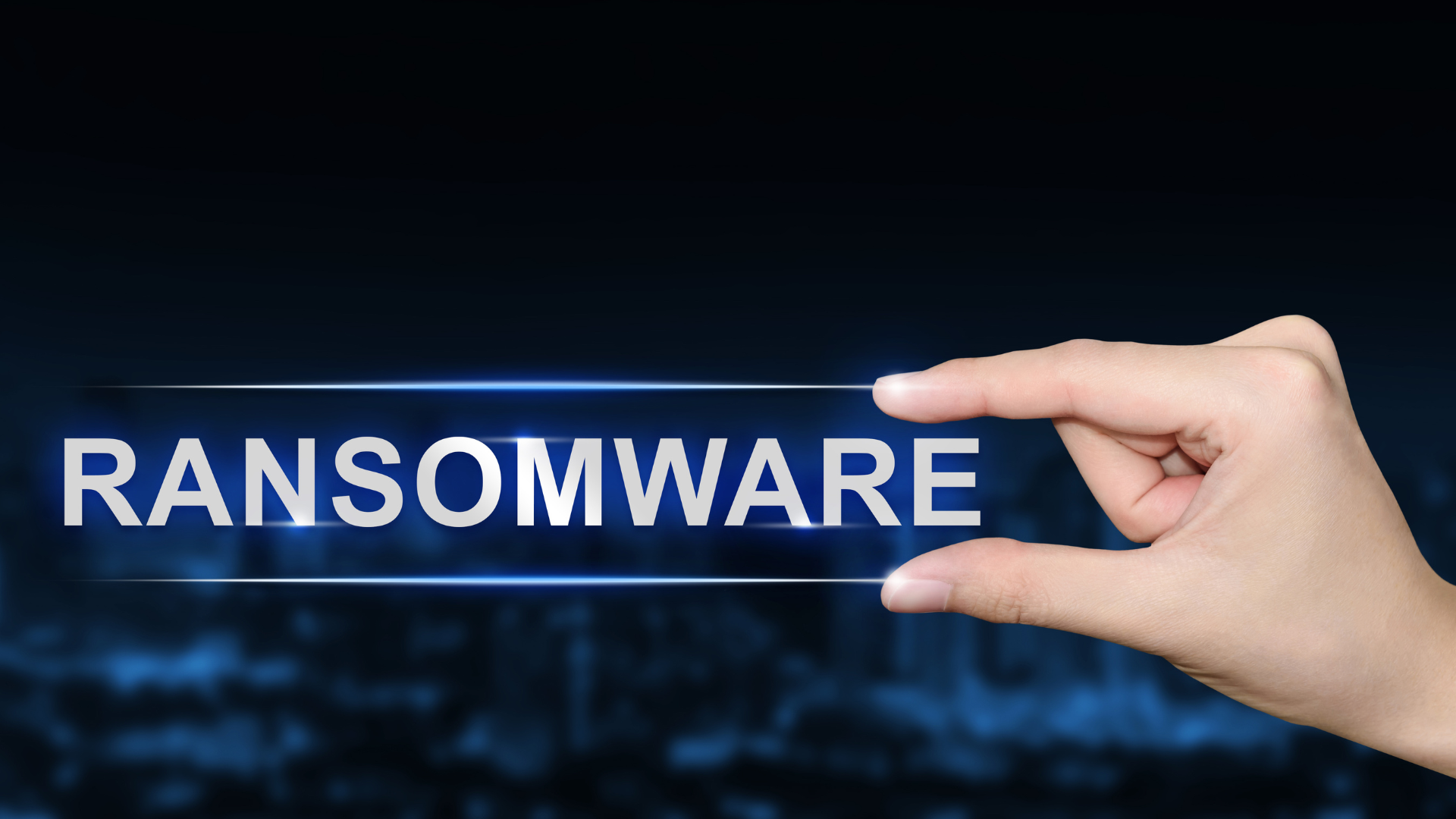Why Is It So Hard to Find Good Cybersecurity Solutions for Small Businesses?
Why Is It So Hard to Find Good Cybersecurity Solutions for Small Businesses?
Small businesses are the backbone of the economy, but they’re often overlooked when it comes to accessible, effective cybersecurity solutions. Cyber threats are growing in complexity, yet small business owners frequently struggle to find affordable, reliable protection tailored to their unique needs.
In this post, we’ll explore why small businesses face such challenges in the cybersecurity space and how they can overcome these hurdles to safeguard their operations.
1. Cybersecurity Solutions Are Often Built for Enterprises
Many cybersecurity tools and services are designed with large corporations in mind. Enterprise solutions tend to be:
• Expensive: High costs make them inaccessible for small business budgets.
• Complex: Advanced features may require a dedicated IT team to manage.
• Overwhelming: Small business owners often don’t need the scale or scope of enterprise-grade tools.
Small businesses are left navigating a market that caters to organizations with far more resources, leaving them to choose between overpaying or going without adequate protection.
2. Limited Awareness and Understanding of Cybersecurity Needs
Many small business owners don’t fully understand the cybersecurity threats they face. They might think:
• “We’re too small to be a target.”
• “Hackers only go after big corporations.”
The reality is that small businesses are attractive targets because they often lack robust defenses. Limited awareness makes it harder to prioritize cybersecurity, and many owners struggle to identify which solutions are truly necessary for their operations.
3. Lack of Dedicated IT Resources
Small businesses rarely have a dedicated IT department, let alone cybersecurity specialists. This creates several challenges:
• Evaluating Solutions: Without technical expertise, it’s difficult to assess which tools or services will work best.
• Implementing Solutions: Proper setup and integration of cybersecurity tools require skills that small businesses may not have in-house.
• Ongoing Management: Cybersecurity is not a “set it and forget it” process—it requires constant monitoring and updates.
Without the right expertise, even the best tools can become ineffective.
4. Overwhelming Number of Options
The cybersecurity market is flooded with solutions, each claiming to be the best. Small business owners face challenges such as:
• Analysis Paralysis: Too many choices can make it hard to decide where to start.
• Mismatched Services: Many tools focus on specific problems rather than offering comprehensive protection.
• Hidden Costs: Affordable entry-level plans often lack critical features, leading to unexpected expenses.
Sorting through these options can feel like navigating a minefield, especially for those unfamiliar with cybersecurity.
5. Cybersecurity Is Constantly Evolving
The cybersecurity landscape changes rapidly, with new threats and vulnerabilities emerging daily. For small businesses, this creates two key challenges:
• Keeping Up with Threats: What worked last year may not protect against current threats.
• Adapting to New Technology: Businesses must regularly update their tools and processes to stay protected, which can be time-consuming and costly.
Staying ahead of cybercriminals often feels like an impossible task for resource-strapped small businesses.
6. Misconceptions About Costs
Many small business owners believe that effective cybersecurity is out of their budget. While enterprise-grade solutions can be expensive, there are affordable options available, including:
• Free or low-cost tools for basic protection (e.g., antivirus software, password managers).
• Scalable solutions designed specifically for small businesses.
Unfortunately, these options are often under-promoted or not well-understood, leading to missed opportunities for protection.
How Small Businesses Can Overcome These Challenges
Despite these obstacles, small businesses can find good cybersecurity solutions by following these steps:
1. Start with a Cybersecurity Assessment
Understanding your vulnerabilities is the first step to finding the right solutions. A Free Cybersecurity Assessment can help small businesses identify gaps in their defenses and prioritize areas for improvement.
2. Focus on the Basics
You don’t need a Fortune 500 budget to build a strong foundation. Start with these essential protections:
• Strong passwords and multi-factor authentication.
• Antivirus software and firewalls.
• Regular data backups.
These steps address many of the most common threats faced by small businesses.
3. Partner with Trusted Providers
Look for cybersecurity providers that specialize in small business solutions. They’ll understand your challenges and offer scalable, affordable services tailored to your needs.
4. Educate Your Team
Human error is one of the biggest risks to cybersecurity. Training employees to recognize phishing emails and follow best practices can significantly reduce vulnerabilities.
5. Invest in Scalable Solutions
Choose tools that grow with your business. This ensures that your cybersecurity investment continues to deliver value as your needs evolve.
Conclusion
Finding good cybersecurity solutions as a small business is challenging, but it’s not impossible. By focusing on your specific needs, seeking expert guidance, and starting with the basics, you can build a strong defense against cyber threats.
Don’t let limited resources leave your business vulnerable. Take the first step toward better protection with a Free Cybersecurity Assessment and discover how you can secure your business without breaking the bank.










